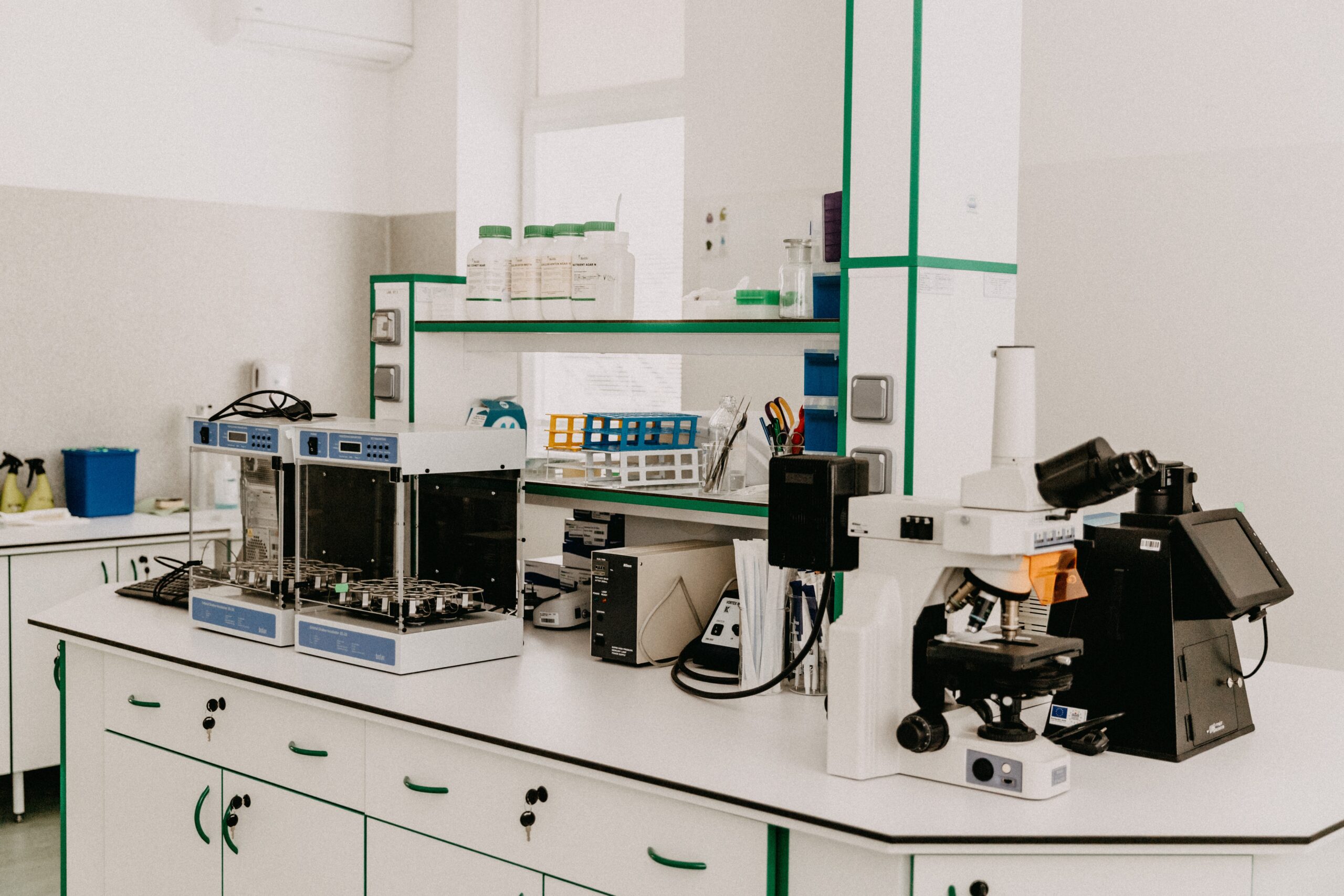Whether you’re a homeschooling parent, a science enthusiast, or simply want to conduct experiments in the comfort of your own home, setting up a science lab can be a rewarding and educational experience. In this blog post, we will guide you through the steps to create your very own science lab at home.
1. Choose a Dedicated Space
The first step in setting up your home science lab is to choose a dedicated space. Ideally, this space should be well-ventilated and have enough room for your experiments and equipment. It could be a spare room, a basement, or even a corner of your garage.
2. Gather Essential Equipment
Next, gather the essential equipment you will need for your science lab. This may include beakers, test tubes, microscopes, safety goggles, and a lab coat. You can find these items at science supply stores or order them online.
3. Stock Up on Chemicals and Materials
Once you have the necessary equipment, stock up on chemicals and materials for your experiments. This may include common chemicals like vinegar and baking soda, as well as specific chemicals for more advanced experiments. Make sure to store these chemicals safely and follow all safety guidelines.
4. Create a Safe Environment
Safety should be your top priority when setting up your home science lab. Make sure to have a first aid kit on hand and familiarize yourself with basic first aid procedures. Additionally, always wear protective gear like safety goggles and gloves when conducting experiments.
5. Plan Your Experiments
Before you start experimenting, plan out what you want to achieve and the steps you need to take. Research different experiments and create a schedule to ensure you have all the necessary materials and understand the procedures.
6. Document Your Findings
Keep a lab notebook to document your findings and observations. This will not only help you track your progress but also serve as a reference for future experiments or scientific investigations.
Setting up a science lab at home can be a fun and educational experience for everyone involved. By following these steps and prioritizing safety, you can create a space where you can explore and discover the wonders of science.


No responses yet